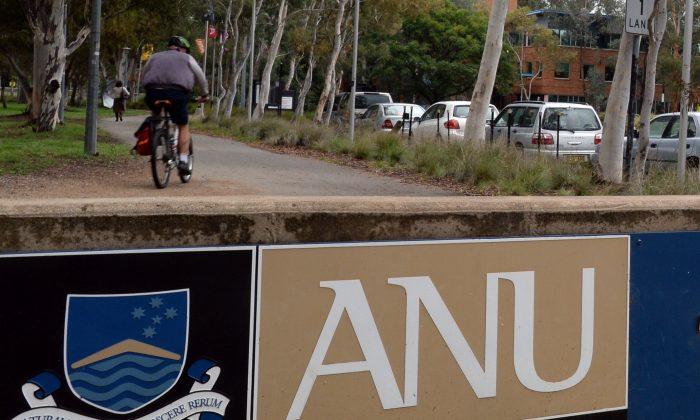The Australian National University (ANU) will be the first university in the country to commit to reducing greenhouse emissions to negative levels by 2030.
“As Australia’s national university, we are committed to not only reducing and offsetting our emissions but also taking more carbon out of the atmosphere than we put in,” Schmidt said.
ANU wants to achieve net-zero emissions by 2025 before its negative emissions by 2030 goal, meaning it wants to offset emissions that cannot be avoided.
Schmidt claimed that it would be easy for the university to transition to meet this goal, given they were able to identify that their greatest emissions were from heating and business travel.

Mark Howden, director of the ANU Institute for Climate, Energy and Disaster Solutions said ANU community would be involved in achieving this target through research and innovation.
“By 2030, the goal is for ANU to achieve below-zero emissions for energy, waste, business travel and direct on-campus greenhouse gas emissions, and we will only use carbon offsets that have a research and teaching connection at the University,” Howden said. “Our expertise will drive innovation in this vital sector.”
Howden added that reaching the target would require an organisational and behavioural change throughout all levels at the university.
“Most ANU staff and students feel that the institution and individuals both have critical roles to play in addressing climate change,” he said.
While many countries are pledging ambitious carbon targets, Australia has made no move to increase its target to reduce greenhouse gas emissions by 26 to 28 percent below 2005 levels by 2030, which has remained unchanged since 2015.





